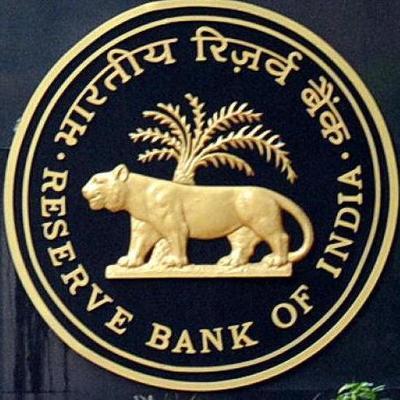
RBI’s decision to maintain the rates unchanged was an expected as well as an unexpected move. On the one hand, the global economy is passing through an unprecedented phase. The Indian economy is also not an exception. IMF forecasts the global economy to contract by 4.9 percent in 2020. Central banks across the globe are following a loose monetary policy, resulting in a deluge of liquidity in the market. In this background, it was expected that the RBI would also follow this path, and continue with its rate-cutting cycle announcing a reduction in the repo rate by at least 25 bps.
On the other hand, the consecutive rate cuts and other measures initiated by the RBI ensured that there is sufficient liquidity in the banking system. Banks are now dealing with surplus liquidity as the credit growth in the economy is low. For instance, the non-food credit growth in June’20 stood at 6.7 percent compared to 11.1 percent in June’10. The credit growth has been flat on a MoM basis, in June. Similarly, banks are parking the excess funds with the RBI, even when the reverse repo rate is at a meager rate of 3.35 percent. Thus, any measures to further improve liquidity in the system would prove futile, as its impact on the economy would be limited.
As the Central Bank is following the inflation-targeting framework, RBI has it’s objective to maintain the inflation rate at 4 percent,+/- 2 percent. In June’20, the inflation rate as measured by Consumer Price Index (CPI) slightly crossed the upper band of 6 percent at 6.1 percent. RBI also expects the inflation rate to remain at the elevated levels during Q2FY21. In such a scenario, any move to further cut the rates could have resulted in a much lower real interest rate or even push it to the negative territory.
There wasn’t any announcement on the extension on the moratorium for loans. However, the governor announced the restructuring of loans for individuals and MSMEs. The worries on the rising NPAs of the banks forced the RBI to take the restructuring path. As per the Financial Stability Report of the RBI, gross non-performing assets (GNPA) of the banks might increase from 8.5 percent in March’20 to 12.5 percent by March’21.In the worst scenario, it could even touch 14.7 percent in March’21. Another major announcement is with regard to raising the Loan to Value (LTV) for gold from 75 percent to 90 percent. This would be beneficial to Indian households in the wake of rising gold prices. Yet, the highly volatile global market would make the banks more cautious in their lending.
RBI acted judiciously by maintaining the rates unchanged. By continuing with the accommodative stance, RBI has room to cut the rates when needed. However, the Central Bank would likely pause the rate cut until the inflation rate falls backs to the comfortable level.








